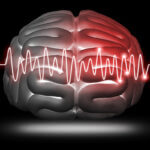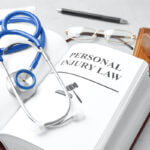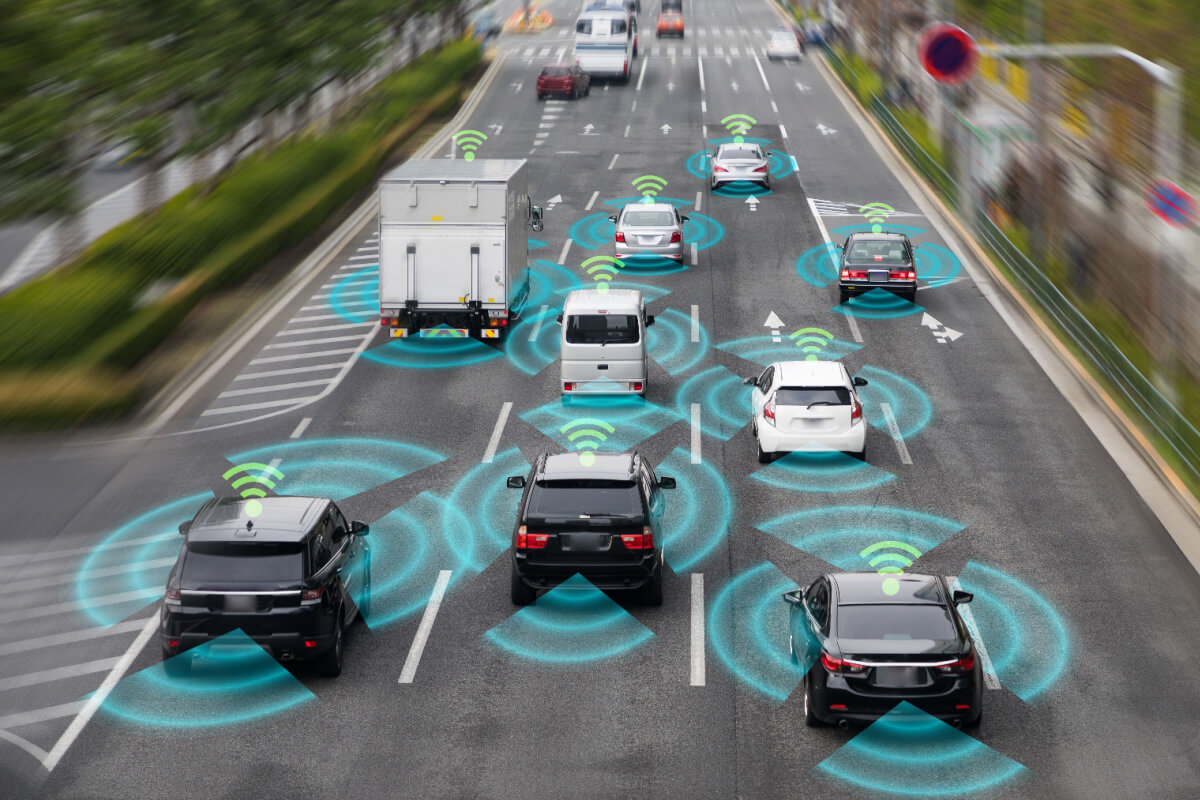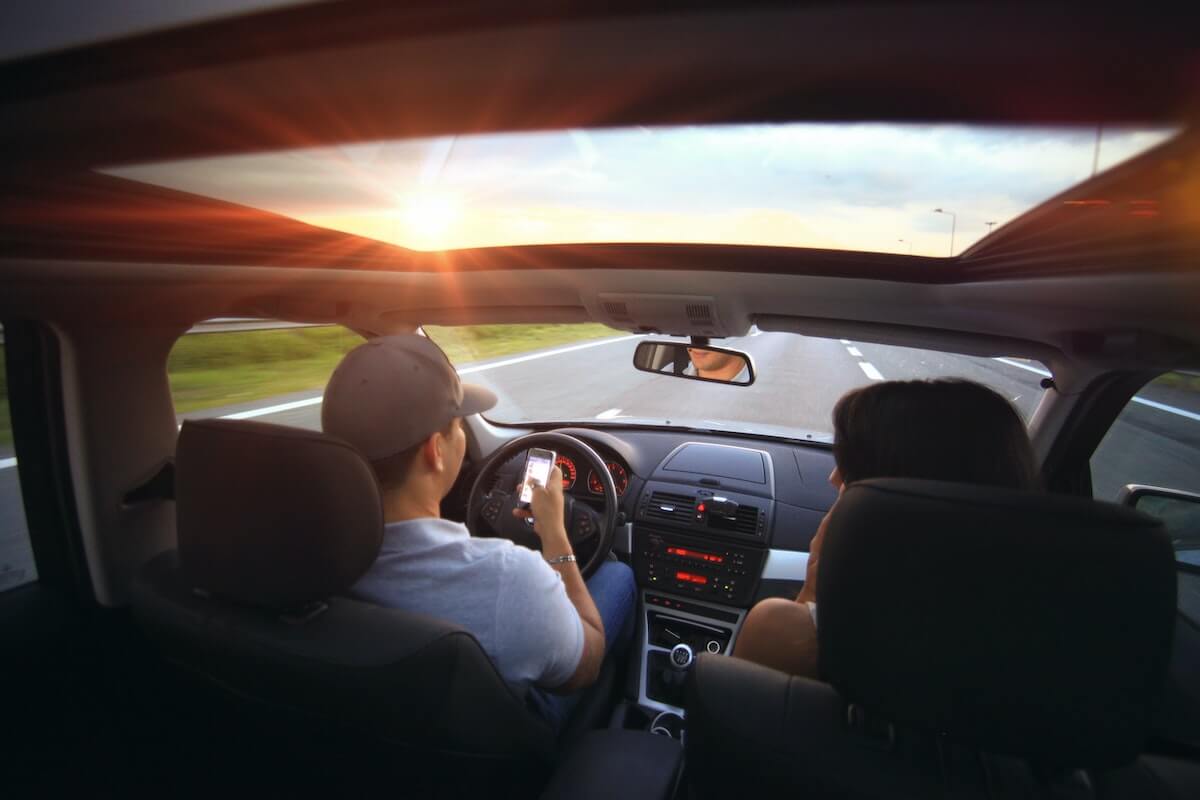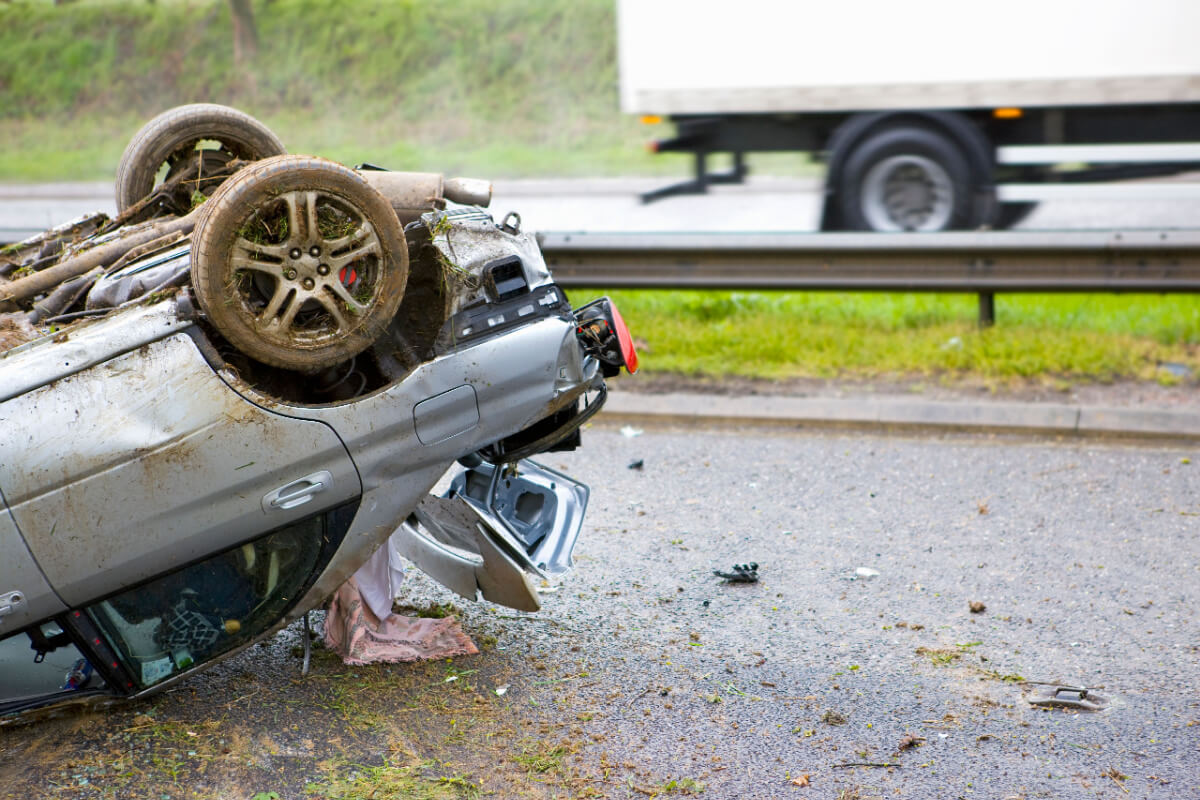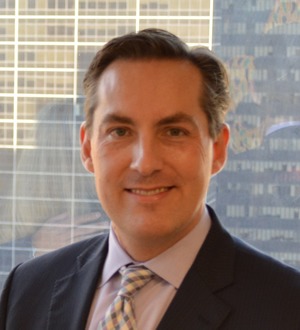
Partner at AKD Lawyers
Practice Areas: Personal Injury, Insurance Claims
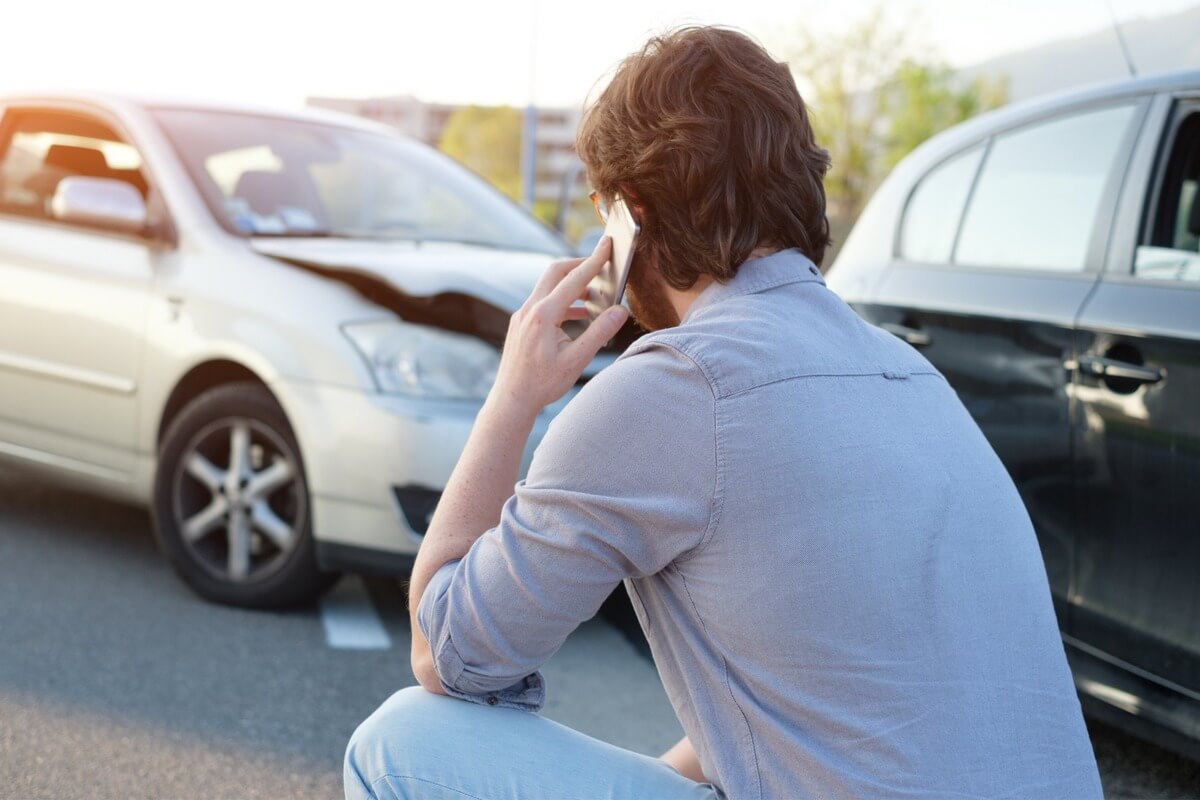
Unfortunately, when it comes to car accidents, determining fault for a crash is not always as straightforward as many people tend to believe. In some instances, there can be multiple parties liable for the collision, which means the victim can be able to recover compensation from multiple sources. On the other hand, in some crashes, the victim may share fault for the accident, which means their recovery may be reduced.
Because these crashes occur so quickly, it is often challenging to know exactly who caused the accident. That is why in this blog post, we will discuss what happens when multiple parties are at fault for a car crash, the common types of accidents that can be caused by multiple parties, and the legal recourse you have if you have been injured in a motor vehicle collision.
Louisiana and the “Pure Comparative Negligence” System
Determining fault and liability in Louisiana for a motor vehicle accident is determined based on a “pure comparative negligence” standard. This means that every motorist involved in an accident is responsible for their relative fault in the accident.
For instance, if you were injured in a car accident and you were partially to blame for the crash, you can still recover damages, but the amount of compensation you receive will be reduced by the percentage of your fault.
Common Types of Accidents Caused by Multiple Parties
In Louisiana, there are several types of motor vehicle accidents that can be caused by multiple parties. They include:
Rear-end Collisions
A rear-end collision usually occurs when a motor vehicle crashes into the car in front of them at high speeds. This accident is among the most common types of car crashes in the United States, and it is incredibly dangerous. Due to the nature of these types of accidents, victims rarely have an opportunity to take any evasive action before the car strikes them.
Rear-end collisions account for about 29% of all traffic accidents resulting in serious injuries. They are often caused by distracted driving, panic stops, tailgating, and reduced traction due to worn pavement or wet weather.
In most rear-end crashes, the rear driver is liable for the accident. However, this is not always the case. In some instances, the lead driver or another vehicle can be the cause of the accident or contribute to the collision, resulting in multiple parties being responsible for the accident.
Head-on Collisions
A head-on collision is a traffic accident where the front ends of two motor vehicles hit each other while traveling in opposite directions. Although any automobile accident can cause injury, statistics show that head-on crashes are even more likely to result in serious harm or death to the driver or passengers in either motor vehicle.
Yet, even though head-on collisions can happen for a number of reasons, including a brake failure or a power steering outage. They can also result when the driver is on the wrong side of the road due to distracted driving, drunk driving, drowsy driving, unsafe passing, or some other kind of confusion behind the wheel.
Generally, the court will look into the liability of both parties in a head-on collision. For instance, if a driver was intoxicated and swerved into your lane, the court may find that they were 95% liable. However, if they determine that if you had reacted faster and swerved out of the way, the crash may not have occurred, they may find you 5% liable.
Lane Change Accidents
An unsafe lane change usually occurs when a driver switches from one traffic lane to another but crashes with a car already occupying that lane or creates dangerous conditions for other vehicles in that lane.
These unsafe lane changes typically occur when a motorist does the following:
- Does not signal before making the turn
- Does not check their blind spot before switching lanes
- Fails to see a fast-approaching car in a parallel lane or misjudges its speed
- Tries to change lanes at a stoplight or intersection
- Texts while attempting to change lanes
However, it is also possible for two cars to merge into the middle lane simultaneously, which can cause a devastating collision and result in multiple drivers being at fault for the accident.
Intersection Crashes
According to the National Highway Traffic Safety Administration (NHTSA), about 40% of vehicle collisions in the country happen at intersections. These types of accidents are not only prevalent in the United States but especially deadly since intersections involve two or more roads crossing each other with traffic moving in multiple opposing directions. As a result, these intersections present numerous opportunities for motorists to cause a collision. In particular, turning left at an intersection often poses a significant risk to drivers.
Although numerous factors can cause intersection crashes, most of them are driver-related and often include inattentiveness, turning with an obstructed view, false assumption of other people’s actions, distraction, illegal maneuvering, and misjudgment of the timing of another vehicle’s speed.
How is Fault Determined in a Car Accident?
To prove fault in a motor vehicle accident, your car accident lawyer will rely on evidence from the accident scene and eyewitness accounts. They may also be able to get camera footage of the crash if any exists. That is why it is so important that if you have been in a car accident, that you document every bit of evidence from the scene.
Get the Legal Help You Need — Reach Out to an Experienced Car Accident Lawyer Today
If you have been injured in a train accident, it is crucial to consult with a lawyer who understands the intricacies of train accident injury cases. We also guide our clients through the necessary post-car accident steps to ensure they are fully informed and prepared during this challenging time. It is important to note the differences between car and truck accidents, as these cases can often be more complex. Our experts at AKD can provide the necessary support and information regarding car and truck accident differences.
Moreover, our legal team is experienced in handling accidents specific to events such as Mardi Gras, and we have a dedicated Mardi Gras accident attorney who can help you navigate through the process if you or a loved one has suffered an injury during this festive season. Lastly, our firm is proficient in mass tort cases, which you can learn more about in our mass tort category.
If you or a loved one has been harmed in a motor vehicle accident, do not wait any longer to get the legal help you need. You have already been through enough. It is time you focus on recovery while the law firm of Alvendia Kelly & Demarest focuses on going after the justice and compensation you deserve. Please contact Alvendia Kelly & Demarest today or call our office at 504.618.1624 for a free case consultation and let our lawyers show you how we can fight for you and your rights.
Categories
- Bicycle Accidents
- Car Accident
- Case results
- Class Action
- Community Aid
- COVID-19
- Fun
- General
- Hard Rock Lawsuits
- Holiday
- Insurance Claims
- Legal Advice
- Mardi Gras Accident Attorney
- Mass Tort
- Medical
- Motorcycle Accident
- Personal Injury
- Practices
- Premise Liability
- Recent News
- Safety
- Truck Accidents
- Uncategorized
- Weather
- Work-Related Accident
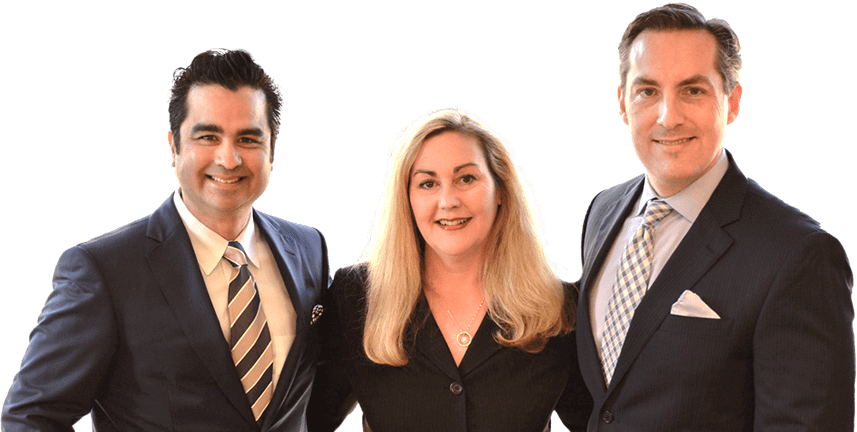
In 2003, after being dissatisfied with the quality of legal care for victims of car accidents, Roderick ‘Rico’ Alvendia sought to establish a new firm focused on providing high-quality legal services to aid injured victims and their families. J. Bart Kelly, sharing Rico’s passion for upholding justice, joined the firm later that year, and established a partnership.

